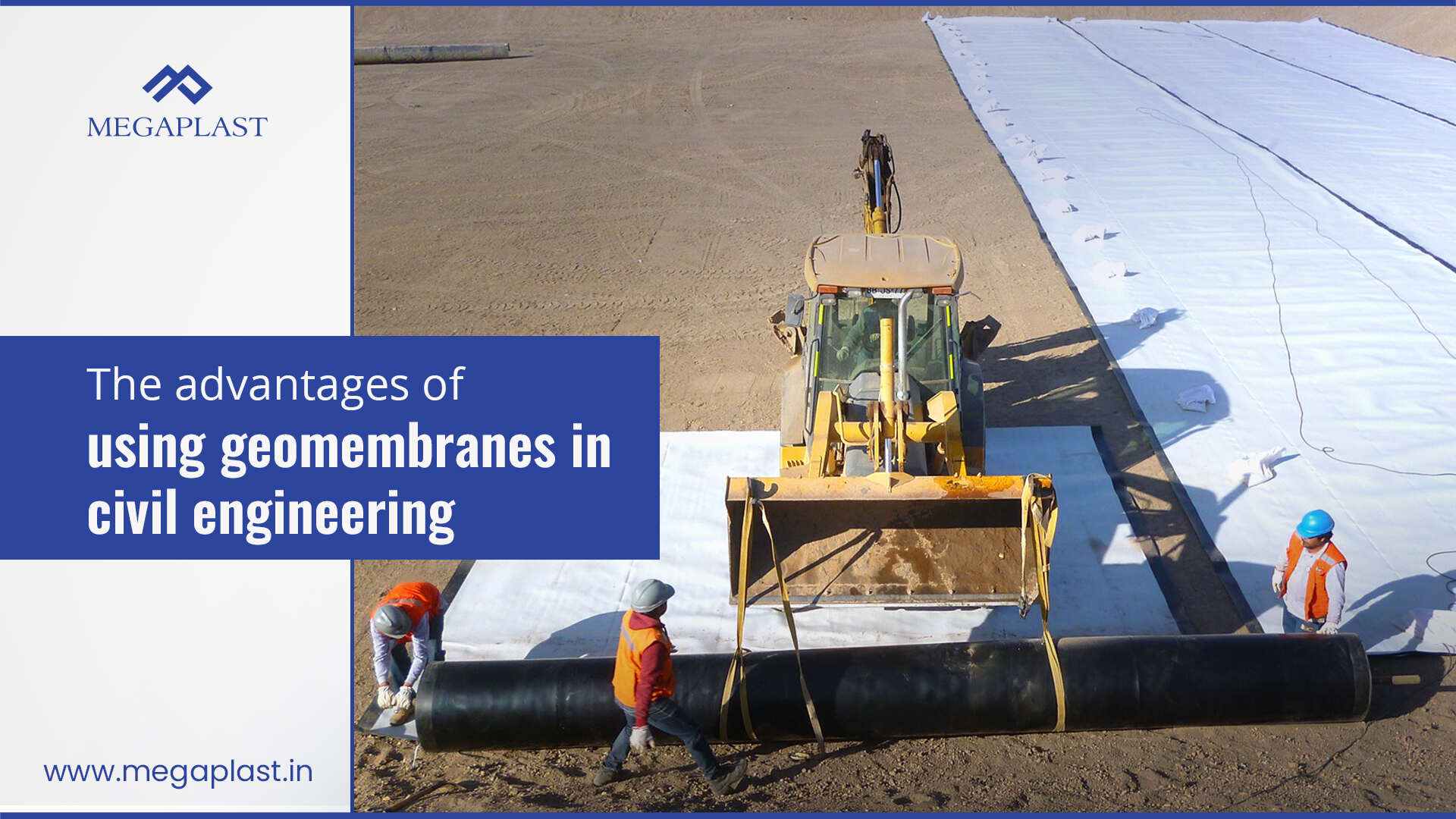
Geosynthetics are man-made materials designed primarily to improve and maintain soil conditions. The word can be broken down into "geo" which means earth or soil, and "synthetic" which means man-made, and these materials have proven to be important players in the world of synthetic solutions.
A
Journey through Time
Geosynthetics, a material widely used in civil engineering, was discovered in the twentieth century. With the introduction of rubber and plastics, the use of synthetic materials to solve various snags in several large-scale projects began.
Synthetic solutions in civil engineering
Prior to the introduction of geosynthetics, natural barriers such as low-permeability clay or mud were used to prevent seepage in ponds, reservoirs, and contained areas. However, these natural solutions could not guarantee zero leakage. Concrete and asphalt were also used as barriers in reservoirs, canals, and tanks to avoid leakage. But over time, they tend to crack up and require constant maintenance. To stabilize slopes, natural vegetation, like bushes and shrubs, was used. But how effective and time-efficient were these solutions?
Enter: Geomembranes
Geomembranes are the most common type of geosynthetic material used.
Megaplast India offers geomembranes that are the preferred choice for many civil engineering projects due to their low permeability, long-term durability, ease of installation, and ease of use. Megaplast offers geomembranes in varying densities and textures, including High-Density Polyethylene (HDPE) and Linear Low-Density Polyethylene (LLDPE), available in both smooth and textured finishes.
For more information about our wide range
of paper bags, please reach out to Megaplast
India at info@mega-group.in or call +91 022 - 6106 6000.
For more information. Please complete this form.